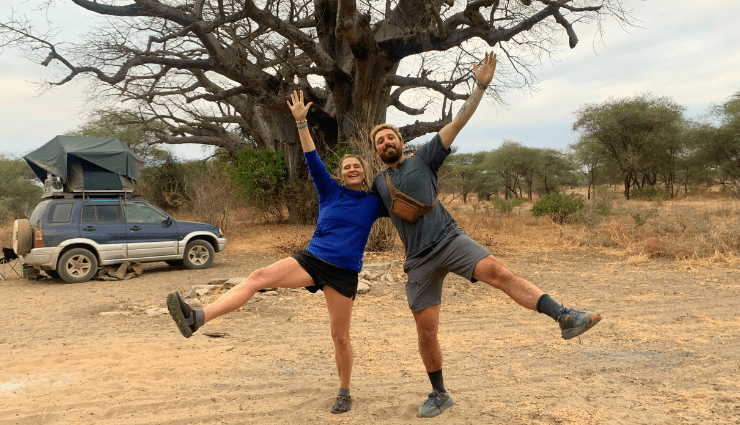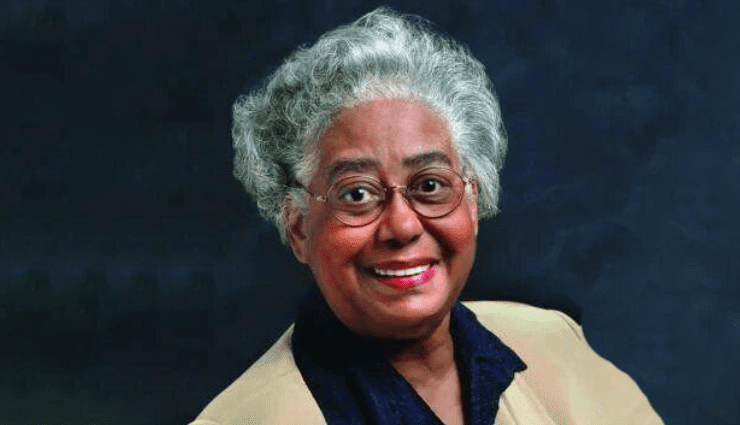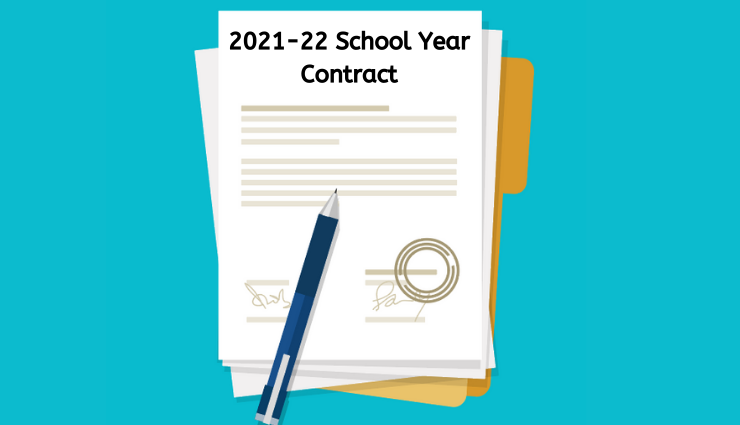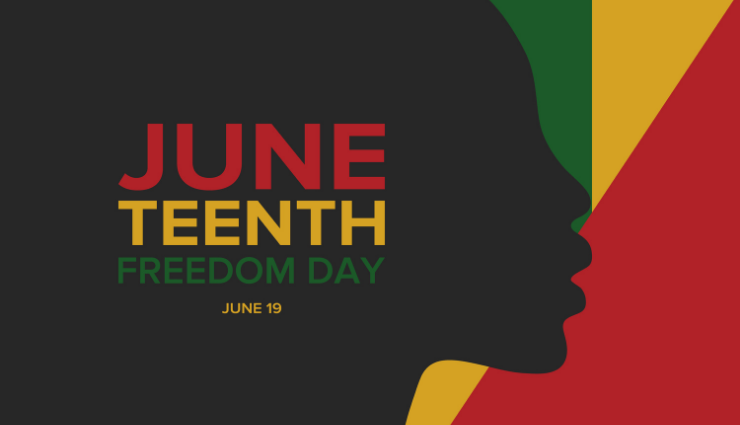The 1619 Project and Schools

If you haven’t read the New York Times’ 1619 Project, we encourage you to do so. The Project takes up the entire issue of the New York Times Magazine on August 18. In addition, the August 18 Sunday paper includes a related special section on slavery made in partnership with the Smithsonian, as well as a Sports section focused on the legacy of slavery in sports. Accompanying all this, the New York Times “The Daily” podcast offers a multipart 1619 audio series.
All in all, this is a remarkable and challenging work centered on the arrival 400 years ago of the first ship contain enslaved Africans — with a focus on the 350-year history of slavery to follow, the still-evolving story of race and racism in the nation, our understanding of American independence and democracy, and slavery’s broad impact on American politics and culture, then and now. Combining journalism and literature, The 1619 Project not only offers a new and important lens on America’s history, it also offers us a way of moving forward as a more just, democratic nation.
As Jack Silverman says in his Editor’s Note in the magazine, The 1619 Project “challenges us to reframe U.S. history by marking the year when the first enslaved Africans arrived on Virginia soil as our nation’s foundational date.”
For educators, in particular, the project offers the opportunity to examine how schools address race, equity, and justice — both in historical and present-day terms — in the curriculum and the community life. To help schools with this work, the Pulitzer Center is also offering a range of related lesson plans and resources.
At the heart of The 1619 Project is a powerful essay by Nikole Hannah-Jones, an education writer for the Times and a recipient of a MacArthur Foundation “genius” grant. Hannah-Jones not only underscores the gulf between our founders’ democratic ideals and their willingness to build so much of our economy and culture on the backs the enslaved, she makes it clear how slavery has shaped just about every aspect of American life since. In addition, Hannah-Jones delineates black America’s ongoing cultural contributions to the broader American society as well as the way the black community has been at the forefront of embracing and pushing for democratic ideals in contemporary times. “Black people have seen the worst of America,” she writes, “yet, somehow, we still believe in its best.”
Also on the must-read list for educators are:
- Matthew Desmond’s essay on the historical and ongoing tensions between capitalism and democracy in America — and how these tensions tie into slavery and the modern-day racial divide;
- Bryan Stevenson essay on race and the criminal justice system;
- The link among the sugar industry, slavery, and American health;
- A profile of recent African-American graduates of Howard University Law School and their ties to enslaved people of the past; and
- A series of moving works of fiction and poetry that brings us closer to the lived experiences of those harmed by slavery and lingering racial bias.
For schools, The 1619 Project is simply asking us to look at our society from a new angle — not from events of July 4, 1776, but backing up to that day on August 20, 1619 when the first ship arrived bearing enslaved people from African nations. The Pulitzer Center’s lessons and resources supports students and teachers in using the Project’s more that 30 visual and written pieces from historians, journalists, playwrights, poets, authors, and artists to “redefine national historical narratives, redefine national memory, and build a better world.”
The guide offers a series of related questions to consider before and after studying The 1619 Project pieces. Overarching questions for student exploration include:
- 1. How do societal structures developed to support the enslavement of black people, and the anti-black racism that was cultivated in the U.S. to justify slavery, influence many aspects of modern laws, policies, systems, and culture?
- 2. How have resistance, innovation, and advocacy by black Americans over the course of American history contributed to the nation’s wealth and the strengthening of its democracy?
In all, there’s so much to contemplate here. We hope educators will engage with the Project’s many excellent pieces and consider ways to infuse some of this work into their curriculum.








